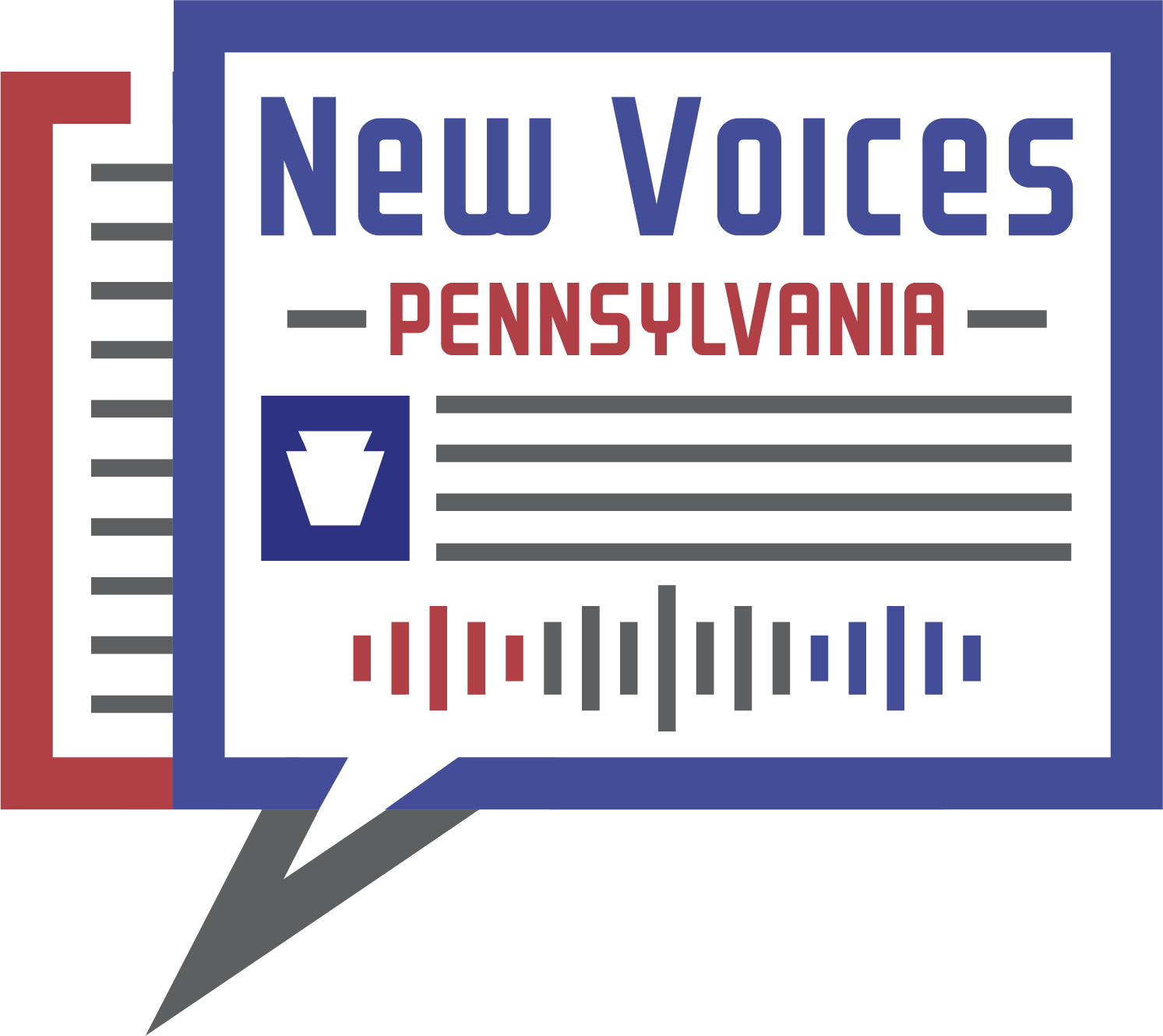By: Faith Morrow, Lancer Ledger

According to the Barna Group’s 2016 study, 57% of 13-17 year olds are at least monthly consumers of an industry that fuels the demand for sex trafficking, though they are oblivious to the fact. Taboo-breaking organization, Fight The New Drug, educates people on this direct link between sex trafficking and pornography.
FTND explains how traffickers use popular, violent, or fetish-based porn as ideas for trafficking, that exposure to porn makes viewers less compassionate toward trafficking victims, and that children in impoverished homes where porn is regularly consumed are more likely to be trafficked. Surprising? What’s more surprising is that sometimes the difference between porn and sex trafficking is nothing at all.
In 2000, the Trafficking Victims Protection Act was passed to identify human trafficking as “a commercial sex act induced by force, fraud, or coercion, or in which the person induced to perform such act has not attained 18 years of age.” This means that even coercion by definition, “persuading someone to do something by using force or threats,” can be designated as trafficking even if the threats aren’t carried out.
What consumers see on popular porn sites is not filtered, meaning that scenes may not always be consensual or scripted. There are documented cases of performers coerced into uncomfortable scenes which appear later on porn sites and even sex traffickers selling videos of them raping their victims to porn sites. These videos are usually indistinguishable from mainstream scripted videos because of violence being a normality in porn and because victims are forced or threatened into the act.
Don’t believe it? In 2016, 22 women filed a lawsuit against the site Girls Do Porn for coercing them into performing. The women, ages 18-22, were cast as swimsuit models in San Diego. But when the women arrived, they were told they were actually needed for a porn film which would only be sold on DVD to select buyers. Though the women signed contracts, they were pressured to sign in a few minutes without fully reading. FTND reports the women were paid $2,000 less than promised, had to perform for sometimes seven hours instead of the alleged 30 minutes, and experienced pain during scenes but were told if they stopped they wouldn’t be paid. Videos of the women were then uploaded to porn sites, including PornHub, and their reputations were ruined, some to the point of being kicked out of school.
That’s just one example. There are numerous other stories of victims being held captive and sexually abused, with videos of their rape being uploaded to porn sites. In Miami, two men were luring women with modeling opportunities, “drugging them, filming them being raped, and selling the footage as porn online” for five years, FTND reports. How many viewers saw those videos of women being raped and mistakenly thought it was consensual?
A pastor at my grandmother’s church once said if there was an indistinguishable trace of dog poop in an otherwise delicious batch of brownies, you still wouldn’t risk eating them, right? As silly as the metaphor seems, think of it in terms of sexual exploitation in porn. Knowing that porn isn’t filtered, which can lead to non consensual content on porn sites, is consuming potential trafficking related content worth it? The more demand there is for porn, especially violent porn, the stronger the tie to trafficking grows. The two go hand in hand in exploiting vulnerable people, so consider the consequences of naively consuming.
